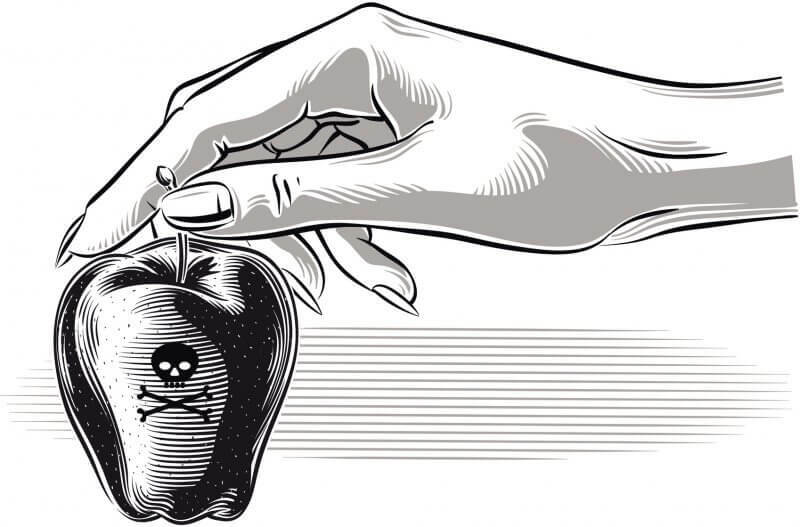10 Examples from Liquids to Gaseous (and the other way around)
Miscellanea / / July 04, 2021
The matter It can be in three states of aggregation: solid, liquid or gaseous (Although a fourth state is currently known, the plasmatic). The passage of a substance from one state to another (from solid to liquid, from liquid to gaseous, from gaseous to solid or vice versa) is produced by the increase or decrease of the temperature or pressure to which it is subjected.
These changes They do not chemically modify the qualities of matter, but rather its shape and physical characteristics. When matter is in a liquid state, the particles are at a certain distance from each other. In the gaseous state, this distance is even greater than in the other states, and matter has neither volume nor shape.
The phenomena that occur when matter goes from a liquid state to a gaseous state and vice versa are:
Evaporation and boiling
The evaporation and the boiling are types of vaporization that occur when a matter goes from a liquid to a gaseous state. Evaporation occurs when matter in a liquid state receives a certain amount of temperature and occurs only at the surface of the liquid. It also occurs gradually, that is, slowly. For example:
When the temperature rises, the water changes from a liquid state to water vapor.Boiling only occurs at a specific temperature level for each substance. Boiling occurs when all molecules of the liquid reach a temperature equal to its boiling point (temperature at which the vapor pressure of the liquid equals the pressure surrounding the liquid). For example: The boiling point of water is at 100ºC, that is to say, at this temperature the water turns into gas.
See also:
Examples of liquids to gases (vaporization)
- The smoke from a cup of tea or coffee is the liquid evaporating.
- The alcohol from a bottle of alcohol when it is opened it evaporates.
- The water in wet clothes dries out from the sun and evaporates.
- The water in a pot boils to its boiling point.
Examples of gases to liquids (condensation)
- The water vapor that clouds a mirror.
- Water vapor in the atmosphere turns into water particles that form clouds.
- The dew that forms in the mornings on the leaves of the plants.
- Nitrogen turns into liquid nitrogen.
- Hydrogen turns into liquid hydrogen.
Follow with:

